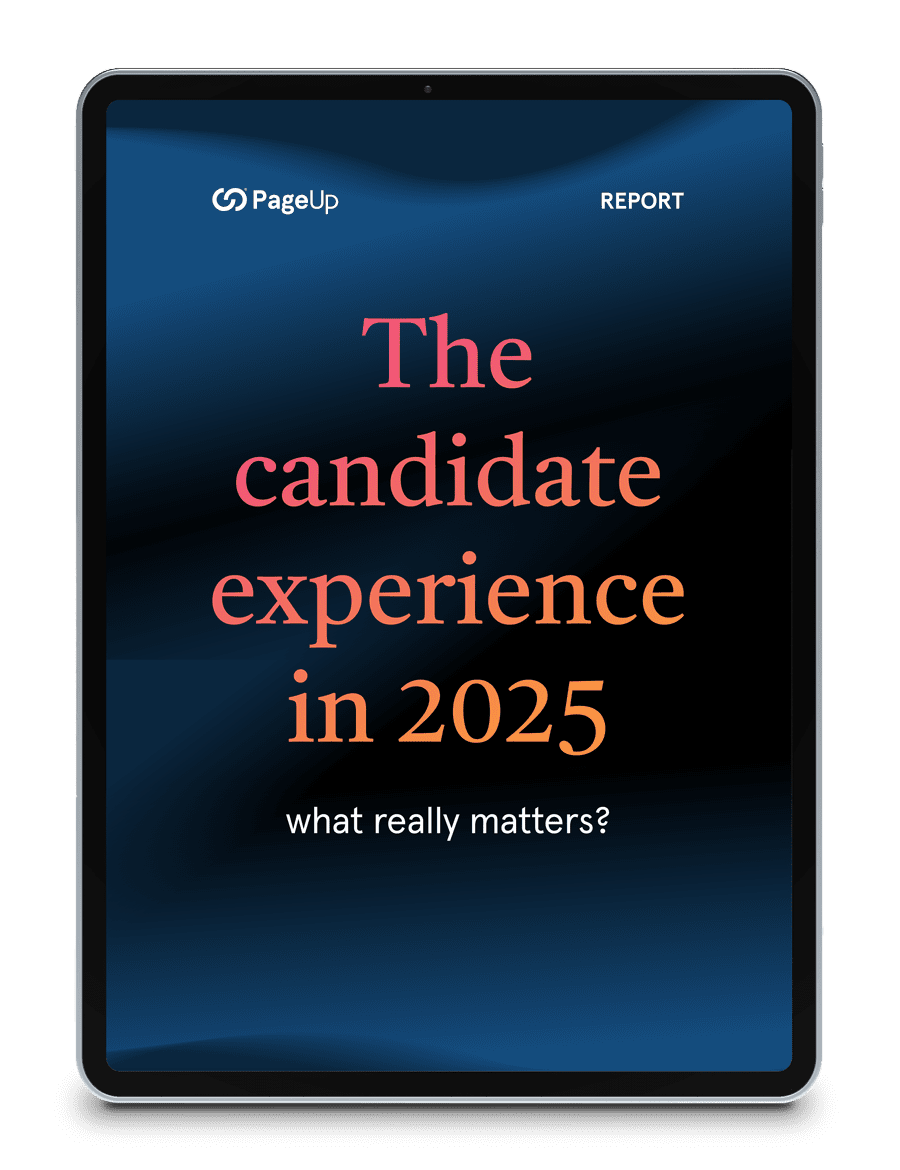Streamlining your hiring process and ensuring you’re attracting top talent fast has never been more important. Read below as we dive into the top 4 things you need to take into consideration to elevate your hiring effectiveness.
1. Understanding Hiring Manager needs
Recruitment teams act as the bridge between candidates and hiring managers. In order to successfully hire the right person, we must ensure we have a comprehensive understanding of the hiring manager’s requirements for any new role. This alignment between hiring managers and recruiters is crucial in the success of hiring the right person.
Accurately identifying hiring manager needs goes beyond the job requisition, it includes understanding the nuances of the team dynamics, company culture, and the skills and qualities that the hiring manager values. By developing a deeper understanding of these needs, we can efficiently source, screen, and present the best candidates for both the role, and the specific team.
Recruitment teams can do this by using a collaborative approach and leveraging collaborative hiring tools to help facilitate seamless communication throughout the hiring process, connecting the key stakeholders to achieve the goal of hiring the right people. By streamlining collaboration; capturing key information in a standardisedstandardized way and providing a platform for quick conversations, collaborative hiring tools make it easier for us to work with hiring managers. This approach can lead to better outcomes as it allows a range of stakeholders, with diverse perspectives and experiences, to come together to assess and evaluate candidates holistically.
The benefits of working collaboratively are clear –People who work collaboratively are 64% more likely to stick with a task, whilst also experiencing higher levels of engagement, lower fatigue levels and a higher success rate. A study of 1100 companies found that those who promoted collaboration were five times more likely to be high performing.
2. Diversify candidate sourcing
Finding the best candidates involves implementing an effective sourcing strategy to target the right people. According to research by LinkedIn, 70% of the global workforce is made up of passive talent who are not actively job searching. It’s important for hiring teams to diversify their sourcing efforts in order to reach a wider audience to find the right talent.
Leverage careerscareer sites
For 64% of jobseekers, their journey begins with a company’s careerscareer site. A careerscareer site is often the first point of interaction between candidates and the employer brand.
A great careerscareer site can provide several benefits for candidates:
- Job Discovery: A well-designed careerscareer site makes it easy for candidates to find relevant job openings based on their skills, experience, and interests. It should have clear job listings with detailed descriptions and requirements.
- Company Information: Candidates want to learn about the company they might work for before applying for a role. A good careerscareer site should provide information about the company’s culture, values, mission, and vision, helping candidates assess if the company is a good fit for them.
- Application Process: A user-friendly application process is crucial. Candidates should be able to easily apply for positions directly through the site, with clear instructions on what is required (resume, cover letter, etc.) and what to expect next in the hiring process.
- Mobile Accessibility: Many candidates use mobile devices to search for jobs. A good careerscareer site should be mobile-friendly, ensuring that candidates can easily browse job listings and apply on-the-go.
- Engagement and Updates: Providing tools for candidates to stay engaged and informed about new job opportunities, such as email alerts or a newsletter, can help maintain their interest in the company as an employer.
Advertise on diverse job boards
The top channel which candidates use to look for jobs are job boards. 60% of candidates refer to online job boards when looking for new opportunities. According to PageUp research in 2023, 42% of applications are received via job boards. In order to source candidates, it is important to leverage and select the best job boards to attract the right candidates for available roles.
Identifying the right job boards for niche roles can be a time-consuming and labour intensive process. The good news is that recruitment automation tools like Job Advertising, can greatly reduce the burden. Job Advertising enables recruiters to simultaneously post job ads on hundreds of platforms, increasing candidate reach. You can easily select and publish in just a few clicks, eliminating the need to create multiple profiles and accounts. The tool also offers recommendations on the channels to target for the most suitable candidates, improving the quality of applicants. Back with performance analytics help you to track and measure the success of your recruitment efforts across job boards. That way, you’ll know where to invest in the future.
3. Positive and personalisedpersonalized candidate experience
49% of job seekers will reject a job offer after receiving a bad candidate experience. Due to increasing skills shortages, today’s candidates have the opportunity to be highly selective when it comes to the roles they accept. For employers to stand out and differentiate ourselves, we need to offer candidates an outstanding experience throughout the recruitment process – from nurture to offer and beyond. A positive experience will inevitably be more attractive to high-quality candidates and can influence their decision to accept a role (or not). The goodwill created can also help build a strong pipeline of great candidates for future vacancies.
As recruiters, we can provide a good candidate experience by having a pulse on what candidate trends and sentiments are. According to research by LinkedIn, top candidate priorities include work-life balance, compensation and benefits and colleagues and culture. In order to attract the best talent, hiring teams need to explore ways to position themselves to respond to candidate needs.
Use technology to streamline processes
Technology plays a crucial role in enhancing the candidate experience by streamlining processes and making it easy to find and apply for roles. Tools such as mobile-optimisedoptimized careerscareer sites, auto-fill functionality on applications and multiple digital touchpoints from application to interview and offer stages can help create a seamless experience for candidates. Recruiters can also leverage technology to tailor their interactions and provide a high-touch personalisedpersonalized experience so candidates feel valued. Technology can also help speed up the hiring process and prevent organisationsorganizations’ from losing high quality candidates.
4. Measuring quality of hire
How do you know if you are hiring the right candidates within your organisationorganization? An often overlooked step in the recruitment process is measuring quality of hire. Quality of hire measures the overall value that an employee brings to an organisationorganization over time. It helps identify how well a new hire meets the expectations of the job and contributes to the success of the company. Factors that contribute to the quality of hire include technical and soft skills, cultural fit, time-to-productivity and growth potential within the organisationorganization.
Quality of Hire is one of the most important metrics in helping influence future hiring strategies and decisions. It aims to determine if the recruitment process effectively identified and secured the right talent for the job. 39% of talent leaders agree that quality of hire is the most valuable metric for performance, while only 1 in 3 feel their existing process for measuring quality of hire is strong.
Hiring the wrong candidates can be a costly mistake. According to research, it takes 11 weeks to terminate a bad hire and a further 8 weeks to rehire for the position. Quality of hire metrics help hiring teams measure the effectiveness of their processes and provide an opportunity to identify gaps and areas for improvement. Furthermore, measuring quality of hire at regular intervals provides visibility over the impact of strategic decisions, and ensures that the right candidates are added to the business.
By understanding and aligning with hiring manager needs, leveraging collaborative hiring tools, implementing diverse candidate sourcing strategies, providing a seamless candidate experience through technology, and measuring quality of hire, organisationsorganizations can enhance their recruitment outcomes and secure the best talent for their teams.
Fresh insights for HR
Stay up to date with HR trends, tips and more when you sign up for our industry newsletter





